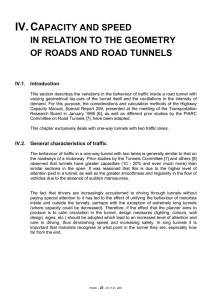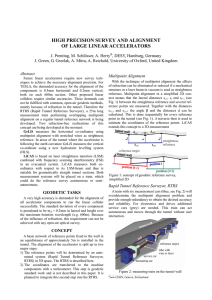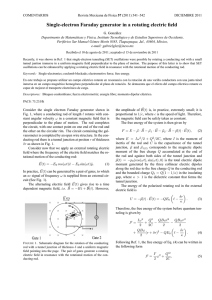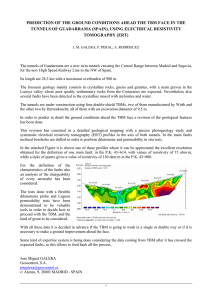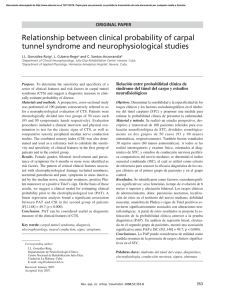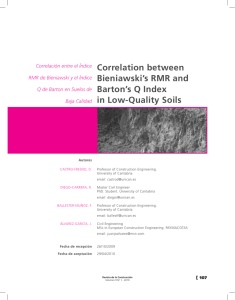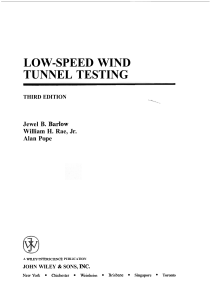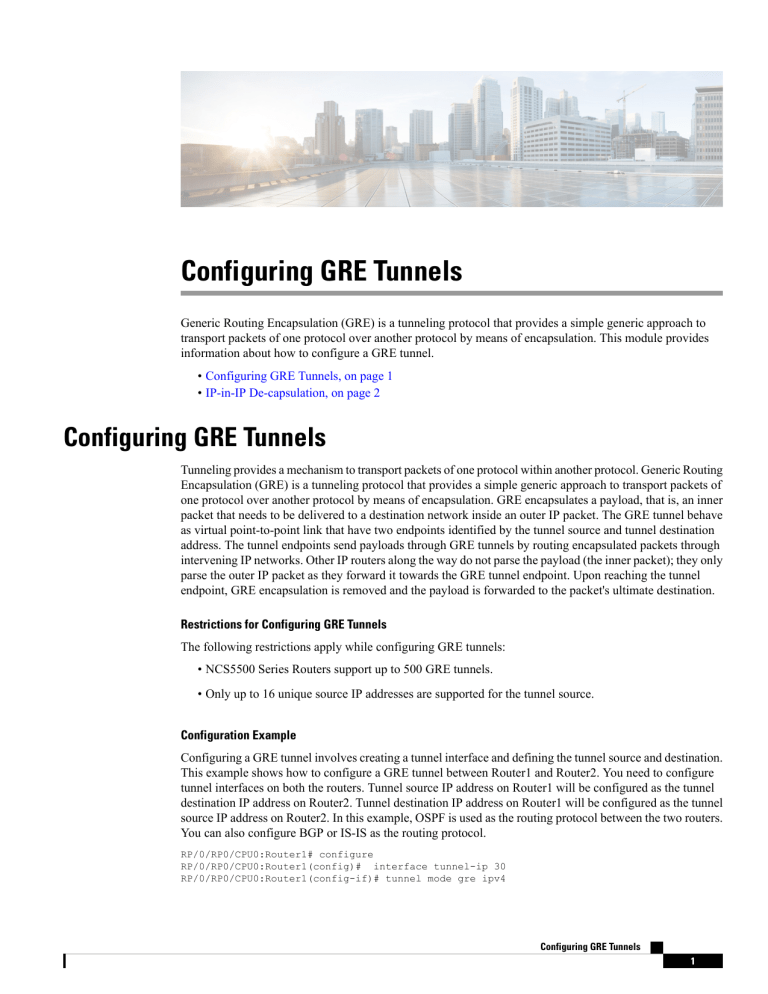
Configuring GRE Tunnels Generic Routing Encapsulation (GRE) is a tunneling protocol that provides a simple generic approach to transport packets of one protocol over another protocol by means of encapsulation. This module provides information about how to configure a GRE tunnel. • Configuring GRE Tunnels, on page 1 • IP-in-IP De-capsulation, on page 2 Configuring GRE Tunnels Tunneling provides a mechanism to transport packets of one protocol within another protocol. Generic Routing Encapsulation (GRE) is a tunneling protocol that provides a simple generic approach to transport packets of one protocol over another protocol by means of encapsulation. GRE encapsulates a payload, that is, an inner packet that needs to be delivered to a destination network inside an outer IP packet. The GRE tunnel behave as virtual point-to-point link that have two endpoints identified by the tunnel source and tunnel destination address. The tunnel endpoints send payloads through GRE tunnels by routing encapsulated packets through intervening IP networks. Other IP routers along the way do not parse the payload (the inner packet); they only parse the outer IP packet as they forward it towards the GRE tunnel endpoint. Upon reaching the tunnel endpoint, GRE encapsulation is removed and the payload is forwarded to the packet's ultimate destination. Restrictions for Configuring GRE Tunnels The following restrictions apply while configuring GRE tunnels: • NCS5500 Series Routers support up to 500 GRE tunnels. • Only up to 16 unique source IP addresses are supported for the tunnel source. Configuration Example Configuring a GRE tunnel involves creating a tunnel interface and defining the tunnel source and destination. This example shows how to configure a GRE tunnel between Router1 and Router2. You need to configure tunnel interfaces on both the routers. Tunnel source IP address on Router1 will be configured as the tunnel destination IP address on Router2. Tunnel destination IP address on Router1 will be configured as the tunnel source IP address on Router2. In this example, OSPF is used as the routing protocol between the two routers. You can also configure BGP or IS-IS as the routing protocol. RP/0/RP0/CPU0:Router1# configure RP/0/RP0/CPU0:Router1(config)# interface tunnel-ip 30 RP/0/RP0/CPU0:Router1(config-if)# tunnel mode gre ipv4 Configuring GRE Tunnels 1 Configuring GRE Tunnels IP-in-IP De-capsulation RP/0/RP0/CPU0:Router(config-if)# ipv4 address 10.1.1.1 255.255.255.0 RP/0/RP0/CPU0:Router1(config-if)# tunnel source 192.168.1.1 RP/0/RP0/CPU0:Router1(config-if)# tunnel destination 192.168.2.1 RP/0/RP0/CPU0:Router1(config-if)# exit RP/0/RP0/CPU0:Router1(config)# interface Loopback 0 RP/0/RP0/CPU0:Router1(config-if)# ipv4 address 1.1.1.1 RP/0/RP0/CPU0:Router1(config-if)# exit RP/0/RP0/CPU0:Router1(config)# router ospf 1 RP/0/RP0/CPU0:Router1(config-ospf)# router-id 192.168.4.1 RP/0/RP0/CPU0:Router1(config-ospf)# area 0 RP/0/RP0/CPU0:Router1(config-ospf-ar)# interface tunnel-ip 30 RP/0/RP0/CPU0:Router1(config-ospf-ar)# interface Loopback 0 RP/0/RP0/CPU0:Router1(config-ospf-ar)# commit RP/0/RP0/CPU0:Router2# configure RP/0/RP0/CPU0:Router2(config)# interface tunnel-ip 30 RP/0/RP0/CPU0:Router2(config-if)# tunnel mode gre ipv4 RP/0/RP0/CPU0:Router2(config-if)# ipv4 address 10.1.1.2 255.255.255.0 RP/0/RP0/CPU0:Router2(config-if)# tunnel source 192.168.2.1 RP/0/RP0/CPU0:Router2(config-if)# tunnel destination 192.168.1.1 RP/0/RP0/CPU0:Router2(config-if)# exit RP/0/RP0/CPU0:Router2(config)# interface Loopback 0 RP/0/RP0/CPU0:Router2(config-if)# ipv4 address 2.2.2.2 RP/0/RP0/CPU0:Router2(config)# router ospf 1 RP/0/RP0/CPU0:Router2(config-ospf)# router-id 192.168.3.1 RP/0/RP0/CPU0:Router2(config-ospf)# area 0 RP/0/RP0/CPU0:Router2(config-ospf-ar)# interface tunnel-ip 30 RP/0/RP0/CPU0:Router2(config-ospf-ar)# interface Loopback 0 RP/0/RP0/CPU0:Router2(config-if)# commit IP-in-IP De-capsulation Encapsulation of datagrams in a network is done for multiple reasons, such as when a source server wants to influence the route that a packet takes to reach the destination host. The source server is also known as the encapsulation server. IP-in-IP encapsulation involves the insertion of an outer IP header over the existing IP header. The source and destination address in the outer IP header point to the end points of the IP-in-IP tunnel. The stack of IP headers are used to direct the packet over a predetermined path to the destination, provided the network adminstrator knows the loopback addresses of the routers transporting the packet. This tunneling mechanism can be used for determining availability and latency for most network architectures. It is to be noted that the entire path from source to the destination does not have to be included in the headers, but a segment of the network can be chosen for directing the packets. The following illustration describes the basic IP-in-IP encapsulation and decapsulation model. Configuring GRE Tunnels 2 Configuring GRE Tunnels IP-in-IP De-capsulation Figure 1: Basic Encapsulation and De-capsulation with an IP-in-IP Tunnel Use Case: Configure IP-in-IP de-capsulation The following topology describes a use case where IP-in-IP encapsulation and de-capsulation is used for different segments of the network from source to destination. The IP-in-IP tunnel consists of multiple routers used to de-capsulate and direct the packet through the data center fabric network. Figure 2: IP-in-IP De-capsulation through a Data Center Network The following illustration shows how the stacked IPv4 headers are de-capsulated as they traverse through the de-capsulating routers. Figure 3: IP Header De-capsulation Stacked IP Header in an Encapsulated Packet The encapsulated packet will have an outer IPv4 header stacked over the original IPv4 header, as shown in the following illustration. Configuring GRE Tunnels 3 Configuring GRE Tunnels IP-in-IP De-capsulation Encapsulated Packet Configuration You can use the following sample configuration on the routers to decapsulate the packet as it traverses the IP-in-IP tunnel: RP/0/RP0/CPU0:router(config)# interface RP/0/RP0/CPU0:router(config-if)# tunnel RP/0/RP0/CPU0:router(config-if)# tunnel RP/0/RP0/CPU0:router(config-if)# tunnel tunnel-ip 10 mode ipv4 decap source loopback 0 destination 10.10.1.2/32 • tunnel-ip: configures an IP-in-IP tunnel interface. Configuring GRE Tunnels 4 Configuring GRE Tunnels IP-in-IP De-capsulation • ipv4 unnumbered loopback address: enables ipv4 packet processing without an explicit address, except for loopback address. • tunnel mode ipv4 decap: enables IP-in-IP de-capsulation. • tunnel source: indicates the source address for the IP-in-IP decap tunnel w.r.t the router interface. • tunnel destination: indicates the destination address for the IP-in-IP decap tunnel w.r.t the router interface. Running Configuration RP/0/RP0/CPU0:router# show running-config interface tunnel-ip 10 ... interface tunnel-ip 10 tunnel mode ipv4 decap tunnel source Loopback 0 tunnel destination 10.10.1.2/32 This completes the configuration of IP-in-IP de-capsulation. Configuring GRE Tunnels 5 Configuring GRE Tunnels IP-in-IP De-capsulation Configuring GRE Tunnels 6
